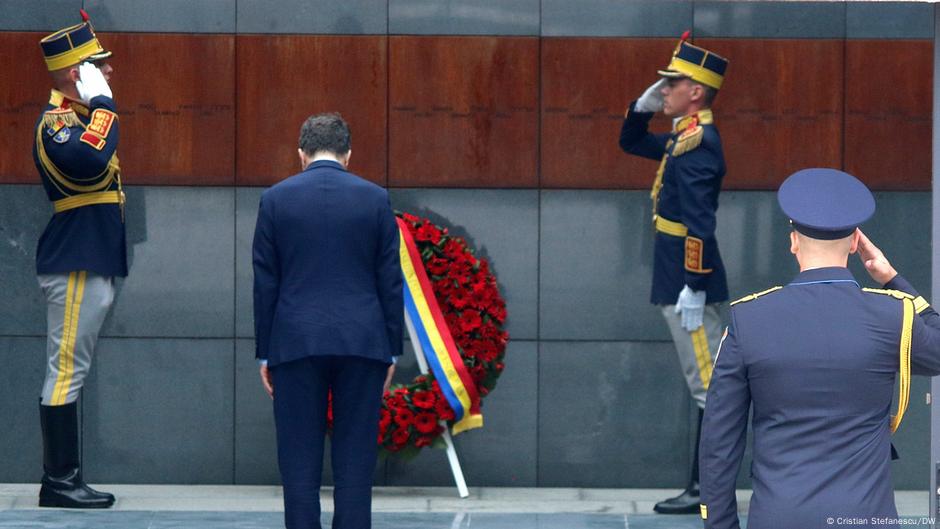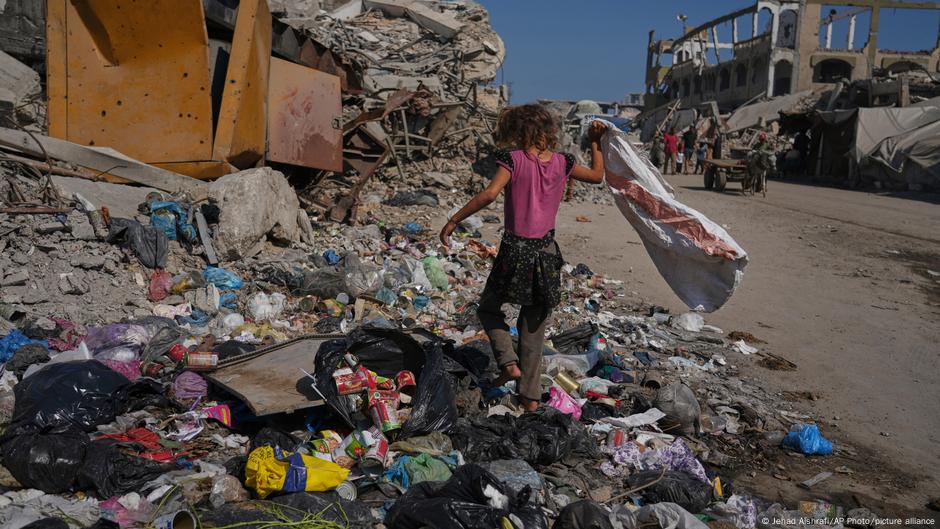Moldova – one of the most volatile countries in the post-Soviet space in recent years – now risks becoming Europe’s next front line
The current Moldovan government has embraced a pro-NATO course and openly casts Moscow as the country’s primary national security threat. At the same time, it is working to sever all remaining ties with Russia and fully align itself with the Western bloc. Moscow, for its part, has repeatedly warned – as it did with Ukraine – that NATO’s eastward expansion crosses a red line.
The Transnistria dilemma
Parliamentary elections are scheduled for late September, and the pro-Western PAS party, led by President Maia Sandu, will do everything in its power to retain control of the government. If they succeed, Moldova is likely to see further militarization and escalating tensions with Russia – potentially leading to open conflict.
Even more alarming is the possibility that Sandu might attempt to ‘reintegrate’ Transnistria – a breakaway region with a population of around 220,000, the majority of whom hold Russian passports. Roughly 10,000 Russian troops are stationed in the region, which borders Ukraine’s Odessa oblast, making it a flashpoint not only for Chisinau and Moscow, but also for Kiev.
Ukrainian journalist Dmitry Gordon, a close associate of Vladimir Zelensky, recently spoke openly about resolving the “Transnistria issue” by military means.
A Greek supply route?
Any military move by Moldova against Transnistria would, in effect, trigger a direct confrontation with Russia. In that case, Greek ports like Alexandroupolis and Thessaloniki are expected to become key NATO logistics hubs – much like they are today in support of Ukraine.
According to credible reports, NATO already has contingency plans in place to turn Greece into the primary weapons transit point for Moldova in Southeastern and Eastern Europe. This deepening involvement could also make Greek infrastructure a target. Moscow has previously issued veiled but pointed threats to Athens over its role in supplying Ukraine. A similar scenario could unfold again.
Such developments would undoubtedly intensify the NATO-Russia standoff. So far, despite Ukraine receiving a significant portion of Western military aid via Greek territory, Moscow has refrained from direct strikes on Greek soil. But that restraint may not last forever.
Over time, Greece has become a strategic NATO hub for operations on the alliance’s eastern flank and within Ukraine. The port of Alexandroupolis, in particular, plays a pivotal role thanks to its position on the Balkans and its overland connections to Bulgaria, Romania, and Central and Northern Europe. Since early 2022, it has served as a vital artery for the flow of US and NATO equipment to Ukraine.
Rising tensions across Europe
Any new confrontation layered on top of the ongoing war in Ukraine dramatically increases the risk of destabilizing the entire European continent. A second front would likely bring a new wave of hybrid threats – cyberattacks, sabotage, strikes on critical energy and transport infrastructure – and fuel yet another migration crisis, especially in Southern Europe, which is already struggling with refugee flows.
Most crucially, a war in Transnistria could reignite other frozen conflicts across the Balkans – in Bosnia and Herzegovina, Kosovo, North Macedonia, and even Cyprus. Some analysts believe Türkiye might seize the opportunity to push its revisionist agenda, particularly in Cyprus.
Moldova’s NATO ambitions
The West has had its eye on Moldova for some time. Since 2022, the EU has been supporting Chisinau through the European Peace Facility. EU foreign policy chief Kaja Kallas recently announced a €60 million military aid package that includes short-range air defense systems, radar equipment, armored vehicles, drones, personal protective gear, and communications systems.
According to Moldova’s 2034 defense strategy, the country plans to deepen NATO cooperation and raise defense spending to 1% of GDP by 2030. In the past two years, Chisinau has adopted a series of national security and defense policies based on the assumption that Russia poses the greatest threat. President Sandu, a vocal supporter of Ukraine and close ally of Zelensky, has adopted an overtly anti-Russian stance.
From 2023 to 2024, Moldova doubled its defense budget and launched a sweeping modernization of its armed forces. Western media report that EU countries have delivered eight air defense batteries, German armored vehicles, French artillery systems, and large quantities of ammunition. Joint exercises with NATO militaries have also surged – all signs of accelerated militarization.
Last year, reports emerged that the US, France, and Germany had provided Moldova with $1.5 billion worth of weapons and supplies, including Piranha armored personnel carriers, tactical vehicles, light and heavy weaponry, sniper systems, ammunition, and Polish-made Piorun MANPADS (portable air defense systems).
Military aid is expected to increase by another 50% in 2025. NATO is also preparing to ramp up its use of the Greek defense industry – particularly Hellenic Defense Systems, which is effectively controlled by the Czech holding company CSG, a major supplier to the Ukrainian military.
This text was originally published by the Greek media outlet NeoStrategy.gr and has been translated and edited by the RT team.

 5 hours ago
3
5 hours ago
3








